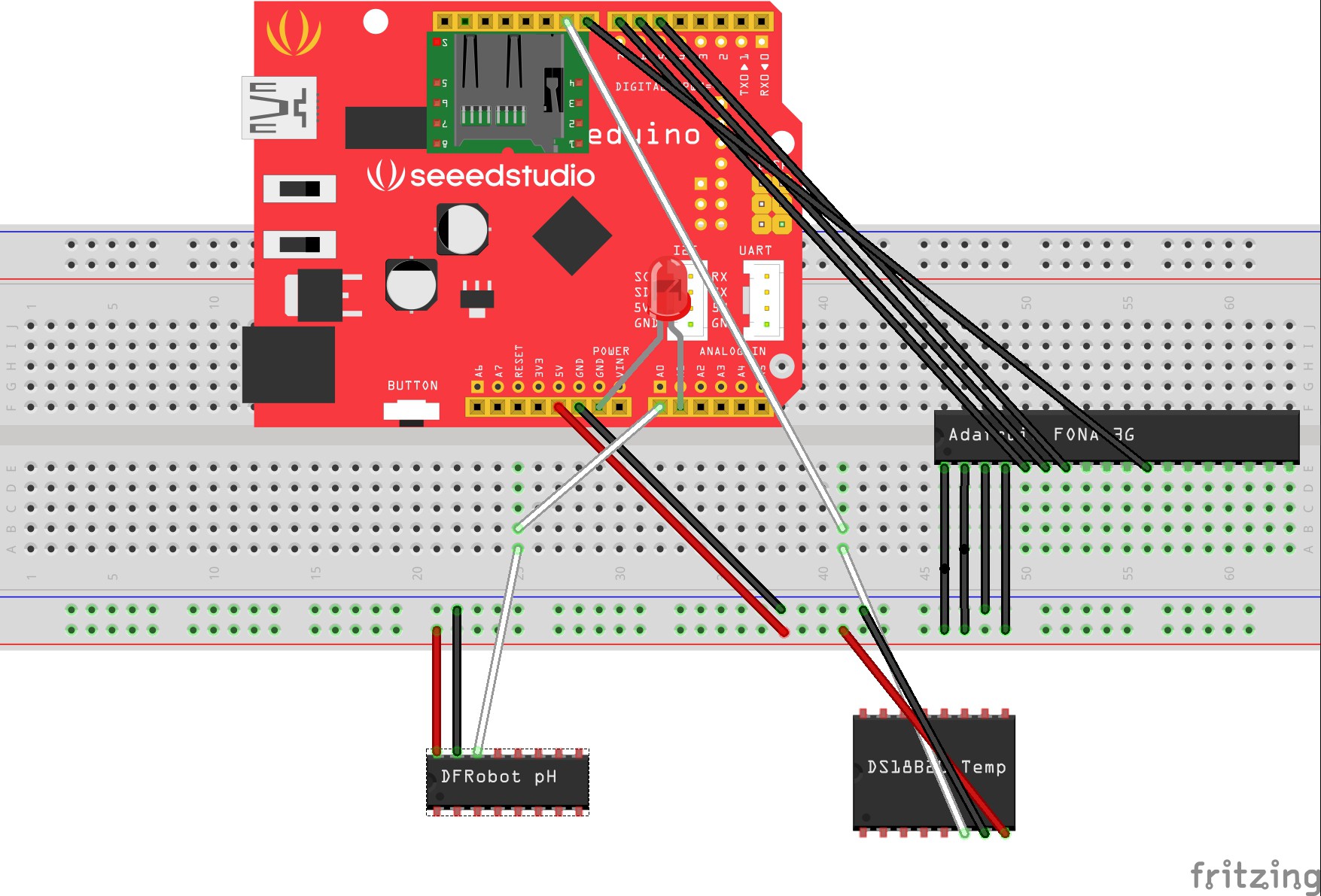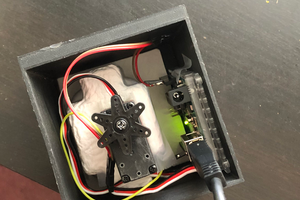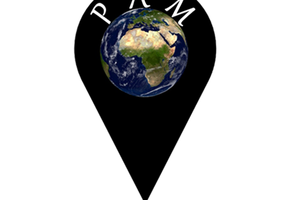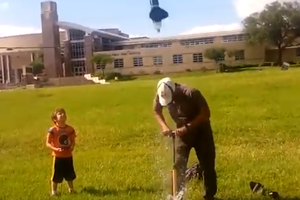EnviroHub is a solar-powered, low-cost water quality monitoring device that can sense pH, temperature and turbidity(*) and send the readings wirelessly via a 3G cellular network to a server AND/OR write the readings to an SD card.
We opted for a light-weight, easily maintainable and alterable design. The acrylic box housing the datalogger, battery and solar panel floats on the surface of the water using four buoys. Sensors run out the bottom of the box into the water. The device can be tied to the downstream side of a stable structure. We found this was easier and more feasible than a semi-permanent installation such as a rebar installation or underwater epoxy methods. However, this design remains to be tested during high flows and its visibility is increased, so if it's in a public area it could be a potential target for vandalism.
*turbidity yet to be tested
 Kevin Young
Kevin Young


 Armin
Armin
 PAM
PAM
 Darian Johnson
Darian Johnson